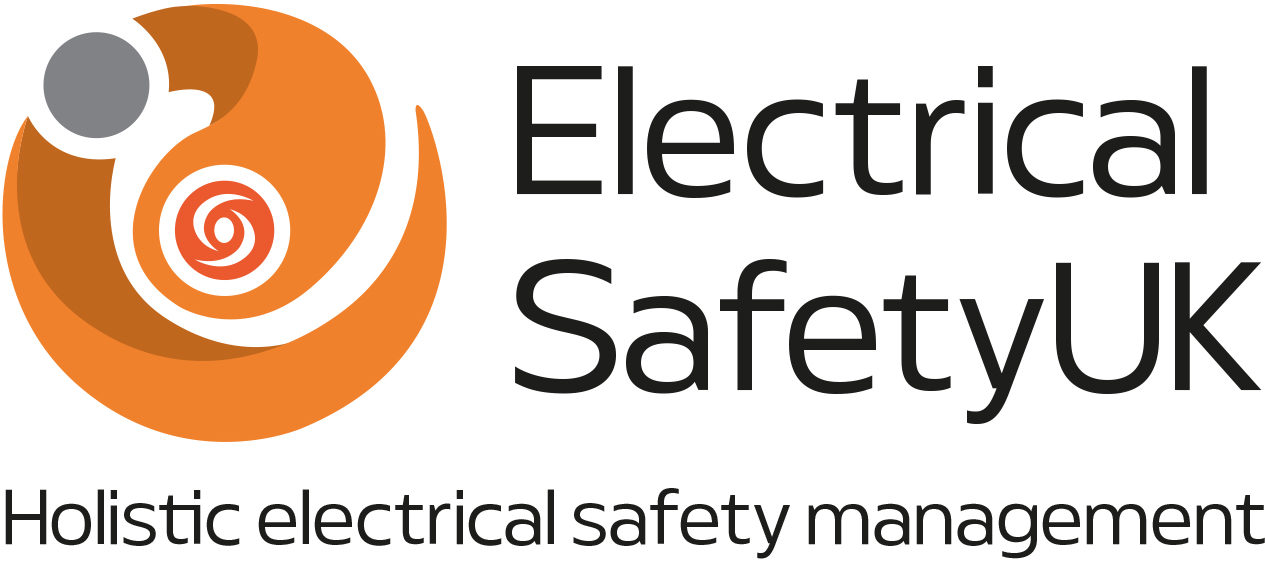The electrical risks within the rail industry are frequently underestimated, as is the broader network supporting the rail sector, we see around us. The danger is never far away, as many lines are electrified with overhead gantries carrying 25,000 volts a.c., and the innocent looking third rail at ground level that allows 750 volts d.c. In addition to signalling, there is a massive distribution network, operating at many voltages, including 33 kV, with switchrooms, substations and track paralleling substations sometimes located in remote and often hostile environments.
Many hazards are visible, although the expression ‘hidden in plain sight’ often rings true- we do not see what is in front of us. The electrical systems installed are usually not the problem; however, unauthorized modifications and vandalism put persons at risk, if not from physical harm, then from the shock and arc flash hazards that electrical energy presents.
The more significant risk posed by electrical services that cannot be seen- notably buried electrical services, which in an ideal world would be identified, buried at a safe depth, and recorded on utility and ground drawings. However, some services were installed well before records were maintained, or existing records have been lost in time and most likely have since been modified and diverted. Groundworks may have changed the local topography, with services originally buried at the standard ‘2 foot’ (600 mm) depth now being just below the surface. Cable protector tiles and marker tape have often long since disappeared or were moved during back-filling.
The use of cable avoidance tools and other ground scanning technology often becomes compromised due to artefacts within the ground from other rail or utility infrastructure or a legacy from structures and services that have been demolished.
Regarding buried electrical services, the risk from arc flash is more prominent than the risk of electric shock and can occur due to piercing a live cable or severely crushing a live cable and causing internal insulation to fail.
Contractors undertaking work will usually follow safe work systems and make every effort to minimize exposure to shock and arc flash risk. This is the culture within the rail industry. However, as does cable strikes and exposure to an arc incident, step and touch potential remains a concern. The use of insulated tools and wearing of Personal Protective Equipment or PPE offers some mitigation; however, in the case of arc flash risk and in-ground cable strikes, PPE has, in some cases, contributed to injuries sustained, as the PPE being used was never considered to protect persons in those circumstances.
Arc-rated PPE is intended to protect the face, neck, torso, arms, hands, legs and feet, assuming that any incident energy will travel horizontally; however, in the case of a cable strike, the incident energy will travel vertically from the ground level. Trousers or overalls may be open above boots; this acts as an ideal conduit to release energy and allows it to travel on the inside, along the leg, and causing burn injuries. Protective clothing is not a substitute for safe systems of work.
Safe work systems should consider the task undertaken and the individual completing it. The fact that an incident could come upwards from the ground is often overlooked, with leggings, and in some cases with visors on helmets directing any exposure inwards rather than away from persons. Personal Protective Equipment (PPE) should remain low down the hierarchy of control. It should be remembered that PPE does not prevent an incident from occurring; however, it does contribute to minimizing the level of injury sustained by the person wearing it if an incident occurs.
So how do we keep people safe? HSE guidance HSG85- Electricity at Work, safe working practices should always be the starting point; this requires all work, be it working on systems made dead or working on or near to live systems, to be correctly planned before moving forward with all of the other essential measures to be implemented. With buried services, a second HSE publication plays an indispensable role HSG47 Avoiding Danger from Underground Services looks at identifying and managing the dangers, planning the work, detecting, identifying, and marking underground services and safe excavation.
Keeping people safe from the effects of electricity during an incident is essential and it is vital that we understand the level of risk posed when specific tasks are carried out. The starting point is to determine how ‘bad’ an electrical incident will be; in other words, determine the incident energy present by completing an Arc Flash Study. One study will not fit all since each site and each electrical system will have several variables affecting the incident energy present.
Following the Arc Flash Study, task-based arc flash risk assessments should be carried out, and relevant control measures should be implemented. This will lead to safe systems of work being written and introduced; in some cases, these will be pretty general in their content and application, whilst in other instances, very detailed and restrictive rules and procedures will need to be put into place.
PPE has a part to play, but this should focus on managing residual risks and providing additional protection to the basic methods employed to keep people safe. Planning the work and putting processes in place to avoid incidents from happening in the first place should be the focus of every job, even emergency repair works, and remembering that nothing is so essential that it cannot be completed safely.
- Understand the risk that is present- complete an arc flash study,
- Ensure that the whereabouts of electrical services are known, ensure that utility drawings are accurate,
- Ensure that electrical safety rules and supporting procedures are in place,
- Plan works appropriately, including surveying the work area and developing risk assessments,
- Use competent persons,
- Use the correct tools and safe systems of work,
- Use arc-rated PPE and protective tools to manage residual risks.
Remember, electricity is one of several hazards in the rail industry; however, it is a danger that cannot be ignored.




